The road to learning MySQL data: MySQL installation and MySQL overview
First of all, let’s understand the program structure of MySQL. The following is the program structure diagram of MySQL
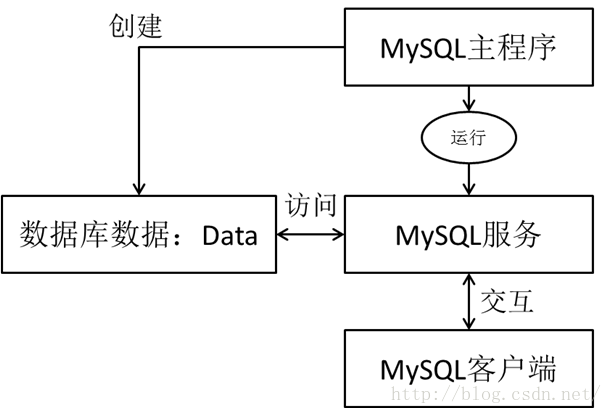
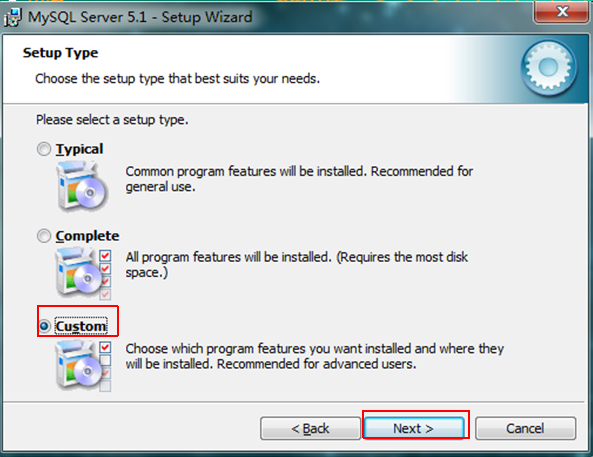
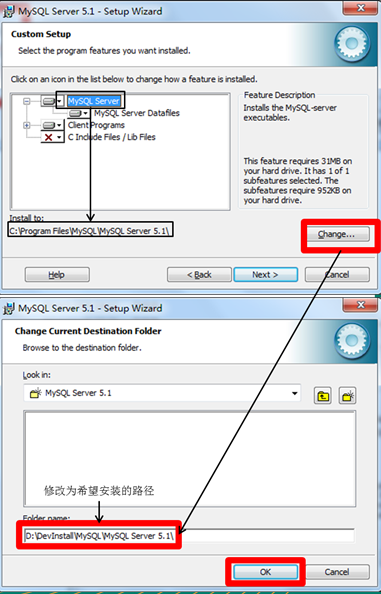
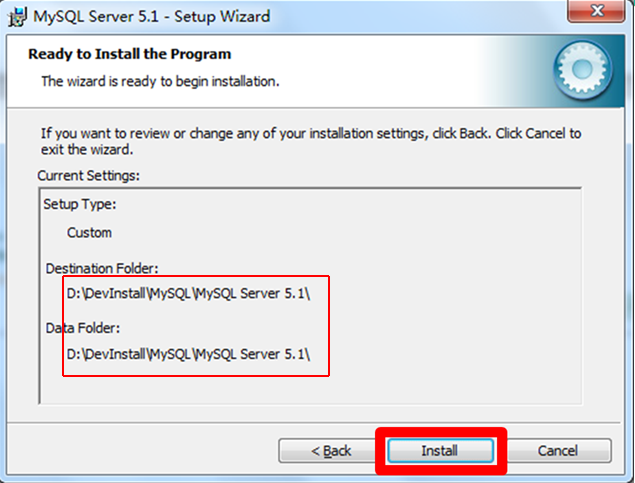
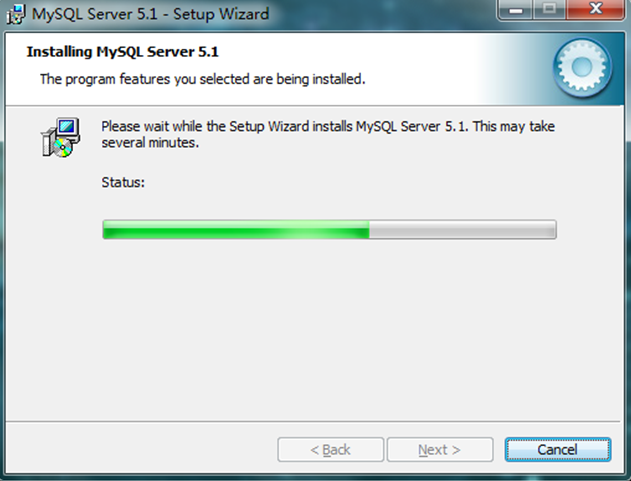
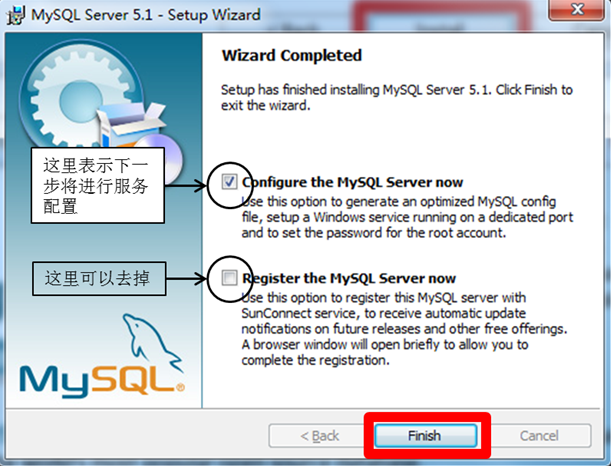 , click "Finish" to end the software installation and start the mysql configuration wizard.
, click "Finish" to end the software installation and start the mysql configuration wizard.
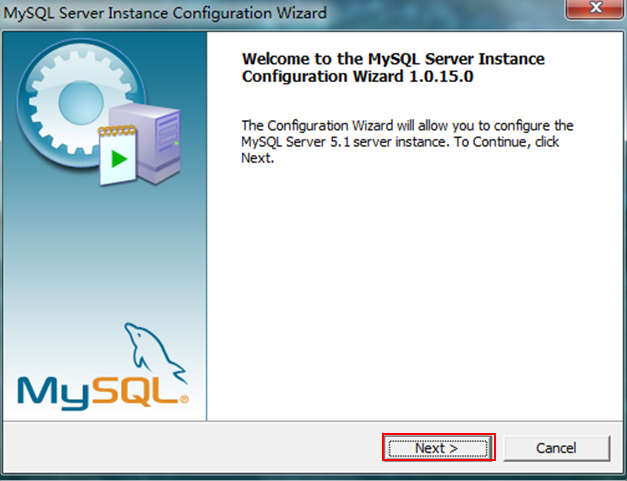
##Select the configuration method, "Detailed Configuration (manual precise configuration)", "Standard Configuration (standard configuration)", we select "Detailed Configuration" to facilitate familiarity with the configuration process. 
Choose the general purpose of the mysql database, "Multifunctional Database (general multifunctional, good)", "Transactional Database Only (server type, focused For transaction processing, generally)", 
Configuring the InnoDB Tablespace is for the InnoDB database Select a storage space for the file. If it is modified, remember the location and choose the same location when reinstalling, otherwise the database may be damaged. Of course, it will be fine to make a backup of the database. I will not go into details here. There are no modifications here. Use the default location and press "Next" to continue. 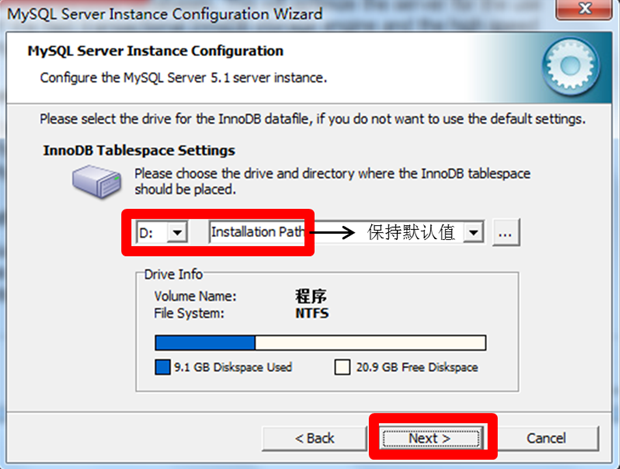 "Manual Setting (manual setting, enter a number yourself)", I choose "Decision Support (DSS)/OLAP" here, my own server should be enough, press "Next" to continue.
"Manual Setting (manual setting, enter a number yourself)", I choose "Decision Support (DSS)/OLAP" here, my own server should be enough, press "Next" to continue.

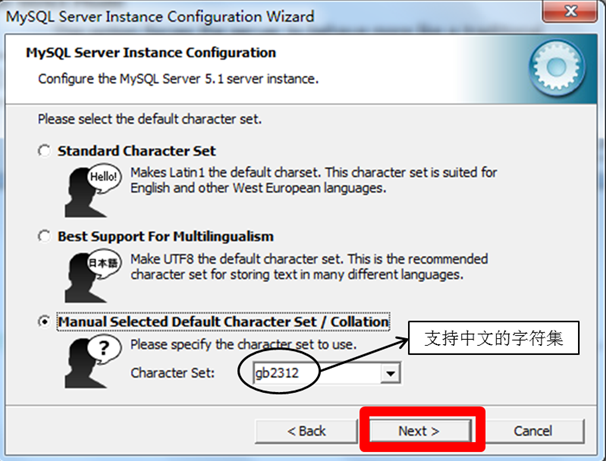
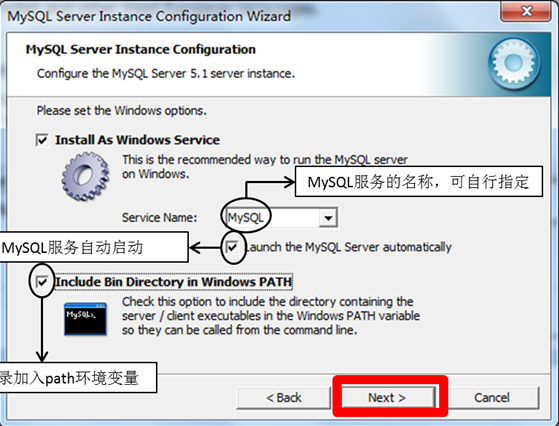
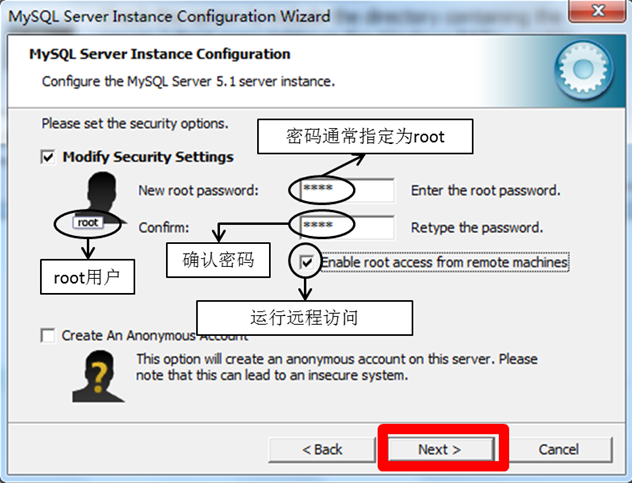 previously installed mysql server is completely uninstalled; if not, check whether the previous password has been modified as mentioned in the step above, and follow the above operations; if If it still doesn't work, back up the data folder in the mysql installation directory and then delete it. After the installation is completed, delete the data folder generated by the installation, move the backed up data folder back, and then restart the mysql service. In this case Next, you may need to check the database and repair it to prevent data errors.
previously installed mysql server is completely uninstalled; if not, check whether the previous password has been modified as mentioned in the step above, and follow the above operations; if If it still doesn't work, back up the data folder in the mysql installation directory and then delete it. After the installation is completed, delete the data folder generated by the installation, move the backed up data folder back, and then restart the mysql service. In this case Next, you may need to check the database and repair it to prevent data errors.
SQL Overview
DML:
DML is used to query and modify data records, including the following SQL statements:
INSERT: Add data to the database
UPDATE: Modify the data in the database
DELETE: Delete the data in the database
SELECT: Select (query) data
SELECT is the basis of SQL language and the most important.
DDL:
DDL is used to define the structure of the database, such as creating, modifying or deleting database objects, including the following SQL statements:
CREATE TABLE: Create a database Table
ALTER TABLE: Change table structure, add, delete, modify column length
DROP TABLE: Delete table
CREATE INDEX: Create an index on the table
DROP INDEX: Delete the index
DCL:
DCL is used to control database access, including the following SQL statements:
GRANT: Grant access
REVOKE: Revoke access
COMMIT: Commit transaction
ROLLBACK: Transaction Handling rollback
SAVEPOINT: Set save point
LOCK: Lock a specific part of the database
We have installed MySQL, Here we do a little test:
Log in to the Mysql server
window + r ->cmd->Enter the command line interface
mysql -uroot If this is the case You can log in, which means your database does not have a password set. Execute the following command to set the password
mysql> set password for 'root'@'localhost'=password('123456');
If the above cannot log in, enter
mysql -uroot -p123456, where 123456 is the password I set. Please fill in your own password when filling it in. Press the Enter key and the following interface will appear to indicate successful login.
Next we can enter mysql to use I learned
Common operations are:
Check which databases are currently available:
<span style="color:#330033;">show databases;</span>
Note: Each line of MySQL statement must end with a semicolon in English
Create a new database:
create database company;
Switch the current working database:
use company;
View the current working database:
select database();
Import data or execute SQL script, in Provided that you have the company.sql database and the path is correct:
source d:/mywork/mysql/company.sql;
Check which tables are in the current database:
show tables;
View all data in a table:
select * from employees;
Mysql management mode
mysql server
Database (directory)
Table (file) (equivalent to class)
Record (equivalent to object)
Discard database:
drop database world;
Create table
<span style="white-space:pre"> </span>create table customer( id int, age int, name varchar(20) );
View table structure: desc[ribe] customer;
Drop table: drop table customer;
Insert data
<span style="white-space:pre"> </span>insert into customer(id, age, name) values(1, 30, '张三'); insert into customer(id, age, name) values(2, 40, '李四');
Update data
##
<span style="white-space:pre"> </span>update customer set age = age + 1;// 更新所有记录, 谨慎使用 update customer set age = age + 1 where id = 1; // 更新指定的记录
Delete data
##<span style="white-space:pre"> </span>delete from customer;// 删除所有数据, 谨慎使用!!
delete from customer where id = 2; // 删除指定的记录
The above is the MySQL installation and MySQL overview of the MySQL data learning journey Content, for more related content, please pay attention to the PHP Chinese website (www.php.cn)!

Hot AI Tools

Undresser.AI Undress
AI-powered app for creating realistic nude photos

AI Clothes Remover
Online AI tool for removing clothes from photos.

Undress AI Tool
Undress images for free

Clothoff.io
AI clothes remover

Video Face Swap
Swap faces in any video effortlessly with our completely free AI face swap tool!

Hot Article

Hot Tools

Notepad++7.3.1
Easy-to-use and free code editor

SublimeText3 Chinese version
Chinese version, very easy to use

Zend Studio 13.0.1
Powerful PHP integrated development environment

Dreamweaver CS6
Visual web development tools

SublimeText3 Mac version
God-level code editing software (SublimeText3)

Hot Topics
 1663
1663
 14
14
 1420
1420
 52
52
 1313
1313
 25
25
 1266
1266
 29
29
 1238
1238
 24
24
 MySQL's Role: Databases in Web Applications
Apr 17, 2025 am 12:23 AM
MySQL's Role: Databases in Web Applications
Apr 17, 2025 am 12:23 AM
The main role of MySQL in web applications is to store and manage data. 1.MySQL efficiently processes user information, product catalogs, transaction records and other data. 2. Through SQL query, developers can extract information from the database to generate dynamic content. 3.MySQL works based on the client-server model to ensure acceptable query speed.
 Laravel Introduction Example
Apr 18, 2025 pm 12:45 PM
Laravel Introduction Example
Apr 18, 2025 pm 12:45 PM
Laravel is a PHP framework for easy building of web applications. It provides a range of powerful features including: Installation: Install the Laravel CLI globally with Composer and create applications in the project directory. Routing: Define the relationship between the URL and the handler in routes/web.php. View: Create a view in resources/views to render the application's interface. Database Integration: Provides out-of-the-box integration with databases such as MySQL and uses migration to create and modify tables. Model and Controller: The model represents the database entity and the controller processes HTTP requests.
 MySQL and phpMyAdmin: Core Features and Functions
Apr 22, 2025 am 12:12 AM
MySQL and phpMyAdmin: Core Features and Functions
Apr 22, 2025 am 12:12 AM
MySQL and phpMyAdmin are powerful database management tools. 1) MySQL is used to create databases and tables, and to execute DML and SQL queries. 2) phpMyAdmin provides an intuitive interface for database management, table structure management, data operations and user permission management.
 Solve database connection problem: a practical case of using minii/db library
Apr 18, 2025 am 07:09 AM
Solve database connection problem: a practical case of using minii/db library
Apr 18, 2025 am 07:09 AM
I encountered a tricky problem when developing a small application: the need to quickly integrate a lightweight database operation library. After trying multiple libraries, I found that they either have too much functionality or are not very compatible. Eventually, I found minii/db, a simplified version based on Yii2 that solved my problem perfectly.
 MySQL vs. Other Programming Languages: A Comparison
Apr 19, 2025 am 12:22 AM
MySQL vs. Other Programming Languages: A Comparison
Apr 19, 2025 am 12:22 AM
Compared with other programming languages, MySQL is mainly used to store and manage data, while other languages such as Python, Java, and C are used for logical processing and application development. MySQL is known for its high performance, scalability and cross-platform support, suitable for data management needs, while other languages have advantages in their respective fields such as data analytics, enterprise applications, and system programming.
 Laravel framework installation method
Apr 18, 2025 pm 12:54 PM
Laravel framework installation method
Apr 18, 2025 pm 12:54 PM
Article summary: This article provides detailed step-by-step instructions to guide readers on how to easily install the Laravel framework. Laravel is a powerful PHP framework that speeds up the development process of web applications. This tutorial covers the installation process from system requirements to configuring databases and setting up routing. By following these steps, readers can quickly and efficiently lay a solid foundation for their Laravel project.
 MySQL for Beginners: Getting Started with Database Management
Apr 18, 2025 am 12:10 AM
MySQL for Beginners: Getting Started with Database Management
Apr 18, 2025 am 12:10 AM
The basic operations of MySQL include creating databases, tables, and using SQL to perform CRUD operations on data. 1. Create a database: CREATEDATABASEmy_first_db; 2. Create a table: CREATETABLEbooks(idINTAUTO_INCREMENTPRIMARYKEY, titleVARCHAR(100)NOTNULL, authorVARCHAR(100)NOTNULL, published_yearINT); 3. Insert data: INSERTINTObooks(title, author, published_year)VA
 Solve MySQL mode problem: The experience of using the TheliaMySQLModesChecker module
Apr 18, 2025 am 08:42 AM
Solve MySQL mode problem: The experience of using the TheliaMySQLModesChecker module
Apr 18, 2025 am 08:42 AM
When developing an e-commerce website using Thelia, I encountered a tricky problem: MySQL mode is not set properly, causing some features to not function properly. After some exploration, I found a module called TheliaMySQLModesChecker, which is able to automatically fix the MySQL pattern required by Thelia, completely solving my troubles.




